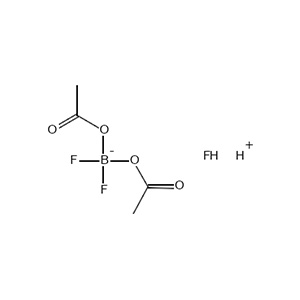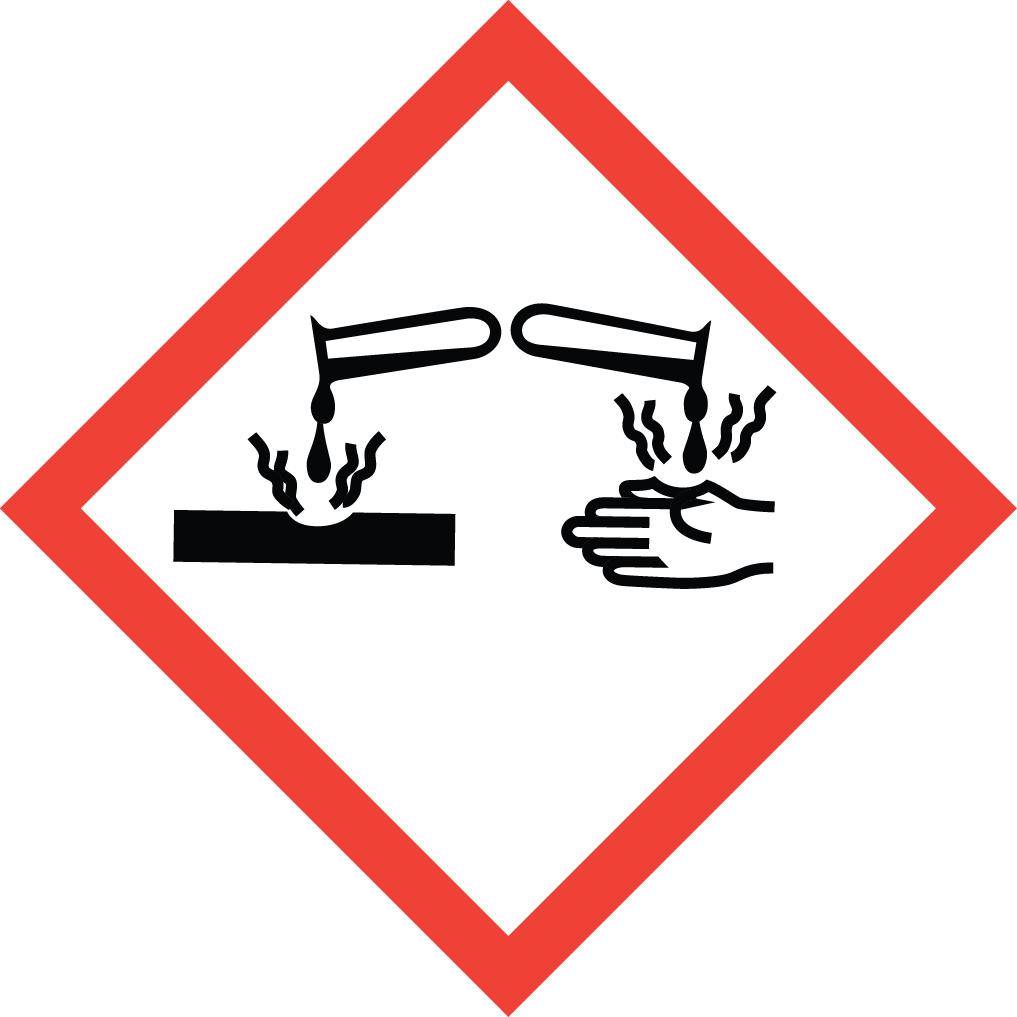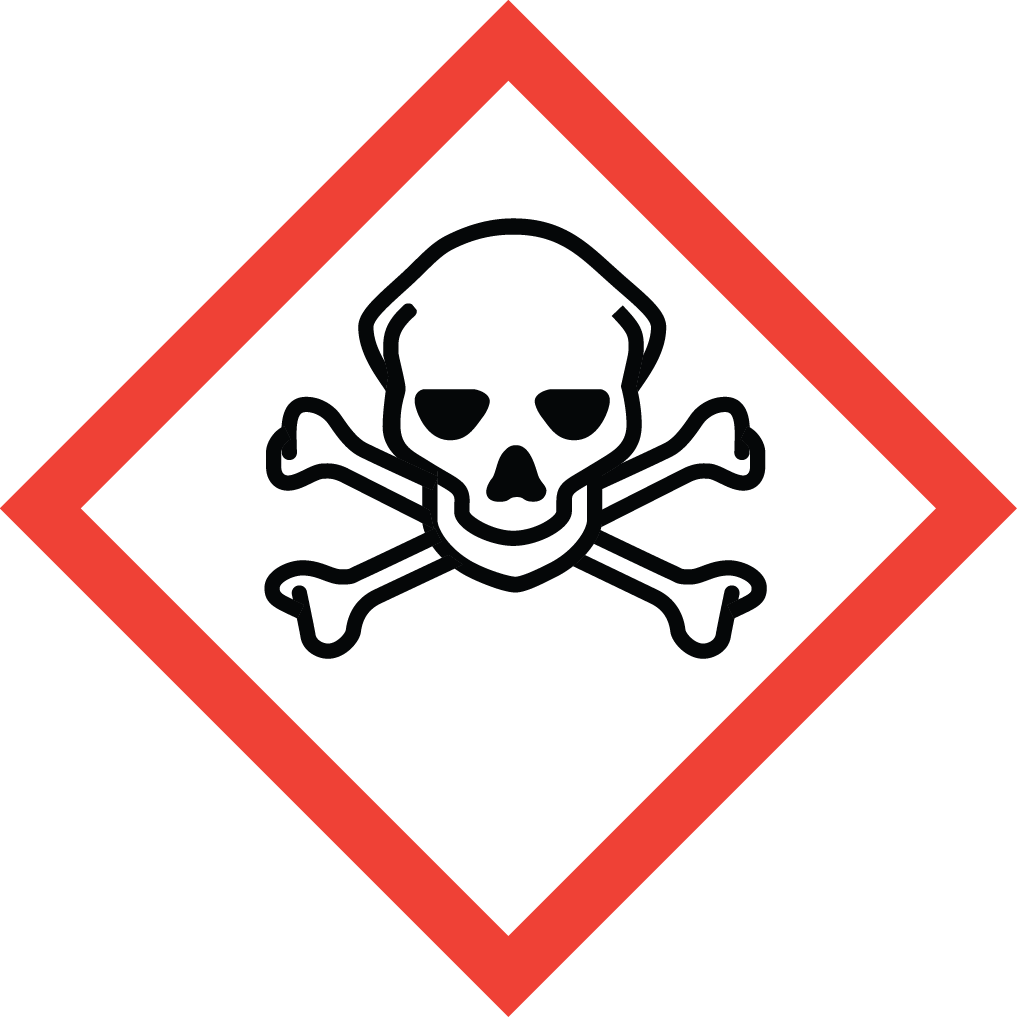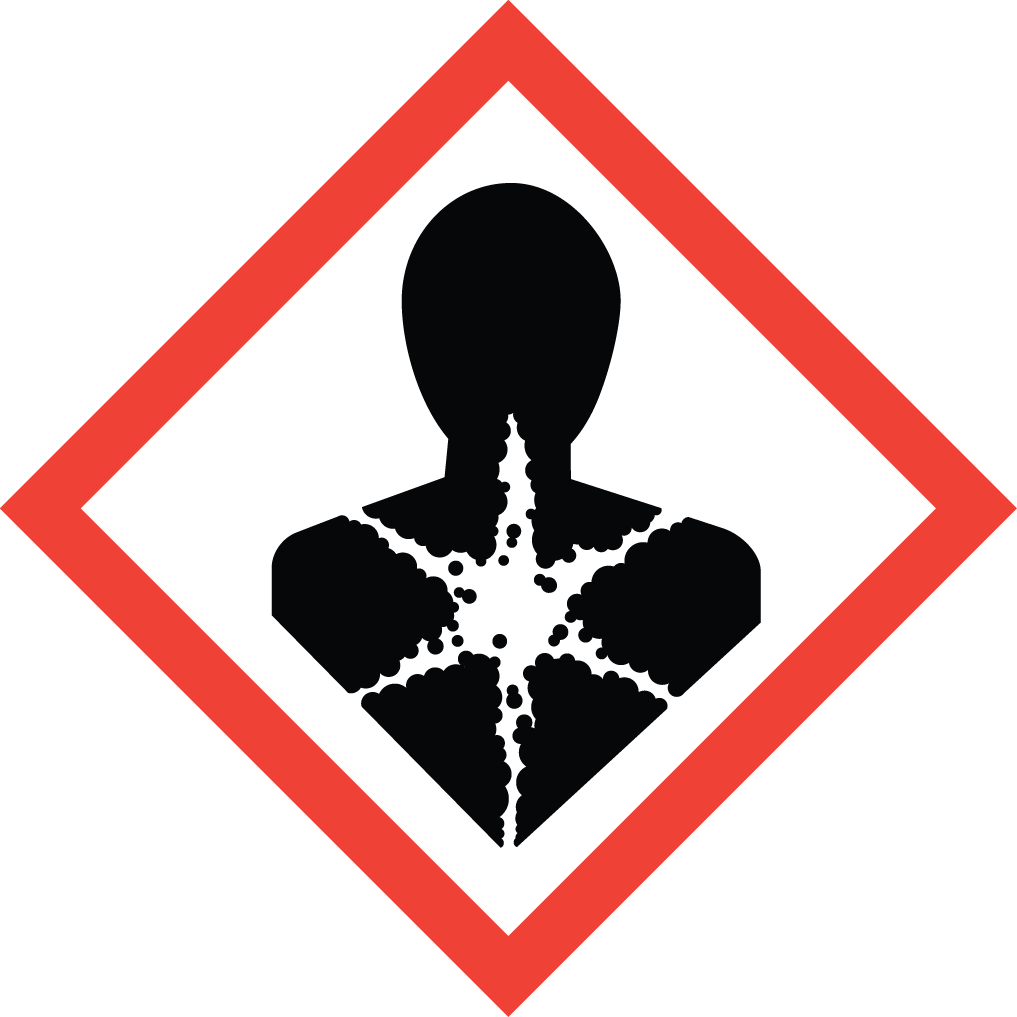Aure Chemical: Your Premier Source for Boron Trifluoride Acetic Acid Complex (BF₃·HOAc)
Aure Chemical is a trusted supplier of Boron Trifluoride Acetic Acid Complex (BF₃·HOAc), a highly effective and versatile Lewis acid catalyst. This complex offers a stable and manageable form of Boron Trifluoride (BF₃), making it an indispensable reagent for advanced chemical synthesis, particularly in reactions demanding precise control and high efficiency.
Basic Information of Boron Trifluoride Acetic Acid Complex
Boron Trifluoride Acetic Acid Complex (CAS No. 373-61-5) is recognized for its unique characteristics that contribute to its efficacy in various applications:
| CAS No.: | 373-61-5 |
|---|
| EC No.: | 206-768-5 |
|---|
| Linear Formula: | BF₃·2CH₃COOH |
|---|
| Molecular Weight: | 187.91 |
|---|
| Appearance: | Typically a colorless to pale yellow liquid or low-melting solid. |
|---|
| Melting point | -47 °C |
|---|
| Boiling point: | 140-148 °C |
|---|
| Density: | 1.353 g/mL at 25 °C(lit.) |
|---|
| Solubility | Miscible with many organic solvents; reacts readily with water. |
|---|
| Flash Point: | 183 °F |
|---|
| Nature: | Strong Lewis acid complex, offering controlled reactivity. |
|---|
| RIDADR: | UN 1742 8/PG 2 |
|---|
| Chemical Structure: |  |
|---|
Its precise composition ensures reliable performance and high catalytic activity for demanding applications.
Primary Functions and Applications of Boron Trifluoride Acetic Acid Complex
The unique properties of Boron Trifluoride Acetic Acid Complex confer significant application value in several key chemical processes:
Potent Catalyst for Olefin Polymerization:
Boron Trifluoride Acetic Acid Complex effectively promotes the polymerization of olefins. It functions by activating olefin monomers, initiating the polymerization process, and critically, helping to regulate the resulting polymer's structure. These properties are key to enhancing overall reaction efficiency and yielding polymers with desired characteristics, making it invaluable in various polymer manufacturing processes.
Strategic Catalyst in Asymmetric Synthesis:
As a strong Lewis acid, Boron Trifluoride Acetic Acid Complex plays a vital role in asymmetric synthesis. It forms complexes with electron donors within the reaction substrate, subtly altering the substrate's electronic distribution and significantly increasing its reactivity. In chiral synthesis, this catalyst is instrumental in controlling the stereoselectivity of the reaction, which is crucial for yielding products with specific, desired chirality.
Enhancing Reaction Activity: The complex forms coordination bonds with lone pair electrons in the substrate. This coordination enhances substrate polarization, thereby significantly increasing both the reaction rate and selectivity. This mechanism is analogous to the acid hydrolysis of esters, where enhanced polarization of a bond (in that case, a carbonyl double bond) boosts reaction activity.
Stabilizing Intermediates: Particularly in asymmetric synthesis, Boron Trifluoride Acetic Acid Complex can effectively stabilize crucial reaction intermediates. This stabilization prevents undesirable side reactions, directly contributing to a higher yield and improved purity of the target chiral product.
Why Choose Aure Chemical for Your Boron Trifluoride Acetic Acid Complex?
Aure Chemical is committed to providing superior chemical solutions and unparalleled customer service. Partnering with us for your Boron Trifluoride Acetic Acid Complex needs means you benefit from:
Guaranteed Purity & Consistent Performance: Our BF₃·HOAc undergoes stringent quality control to ensure consistent high purity and optimal catalytic activity, critical for sensitive polymerization and stereoselective reactions.
Reliable Global Supply: We maintain a robust and efficient supply chain, ensuring the timely and secure delivery of this vital reagent to your operations worldwide.
Expert Technical Support: Our experienced team is always available to offer comprehensive technical assistance, guiding you on product application, safe handling, and storage.
Commitment to Quality & Safety: We adhere to the highest industry standards for quality management, safety, and environmental responsibility across all our processes.
Choose Aure Chemical for a dependable supply of high-quality Boron Trifluoride Acetic Acid Complex. We're ready to support your most demanding chemical requirements.
Hazards Classification
GHS Classification: Corrosive (GHS05), Acute Toxicity (GHS06), Health Hazard (GHS08)
Hazard Statements: Causes severe skin burns and eye damage; toxic if swallowed or in contact with skin; may cause respiratory irritation; suspected of causing genetic defects.
UN Number: UN 1742
Hazard Class: 8 (Corrosive Substances)
Packing Group: II
 GHS05: Corrosive
GHS05: Corrosive GHS06: Acute Toxicity
GHS06: Acute Toxicity GHS08: Health Hazard
GHS08: Health Hazard

